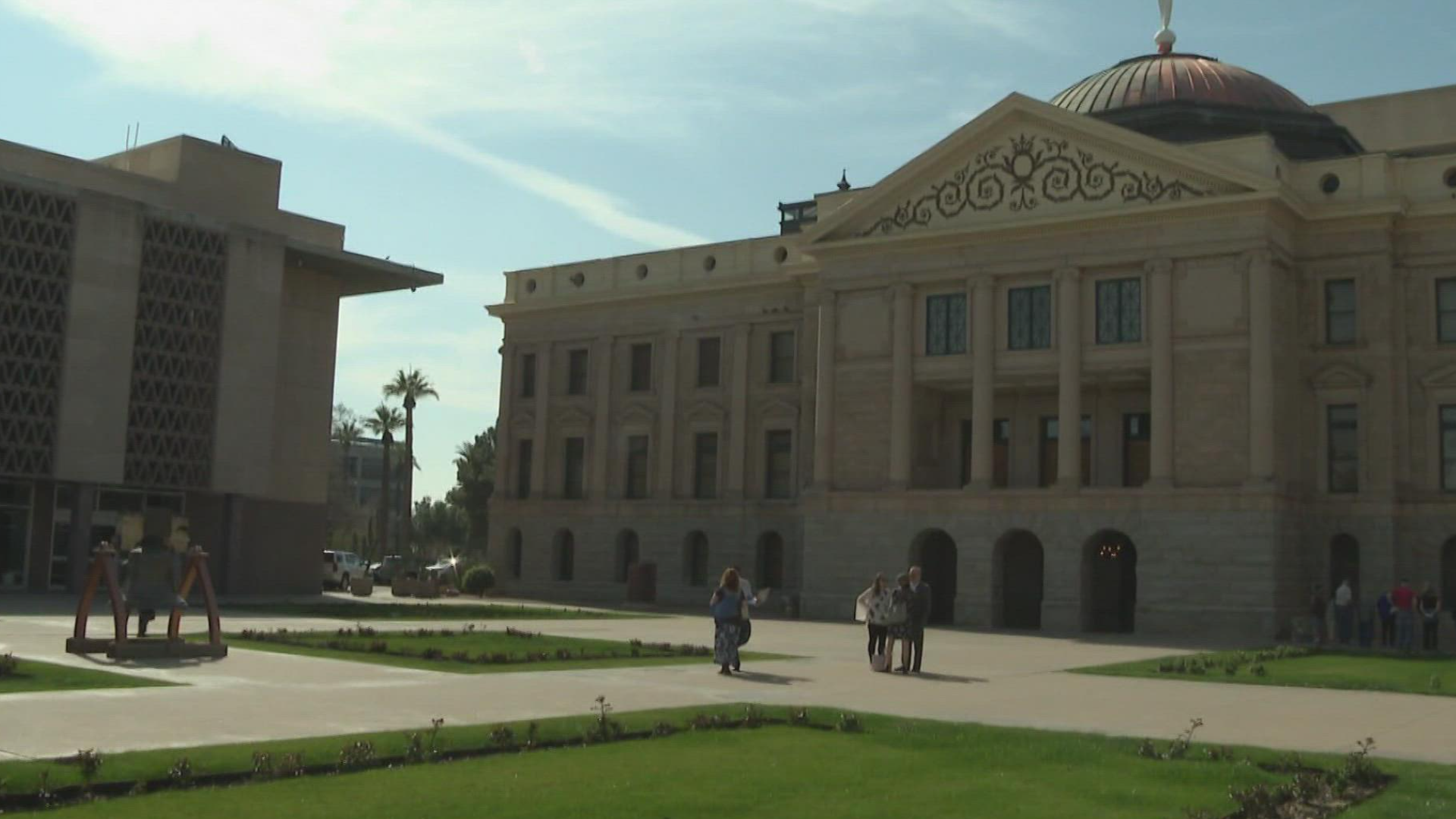PHOENIX — Editor's Note: The above video is from an earlier broadcast in March 2020.
A Phoenix teacher engaged in intimate conversations about his personal life with a student through texts, phone calls, and video chats.
A Peoria teacher sent text messages that make his students feel uncomfortable.
A Yuma high school teacher asked a 17-year-old student over Snapchat to come to his house late at night.
These are all cases of alleged misconduct reviewed by the Arizona Board of Education just within the last month. They fit the mold of a reoccurring problem that's been happening throughout Arizona's schools: teachers using digital tools to engage in inappropriate conversations with students.
Some instances are reported early to administrators, but others have progressed to physical or sexual abuse eventually being committed against a juvenile student.
Brittany Zamora, one of Arizona's most notorious examples of a teacher grooming and abusing a student, was arrested after she got caught sending disturbing text messages to her 13-year-old pupil.
"I want you every day with no time limit… If I could quit my job and (have sex with) you all day long, I would,” one of Zamora's texts stated.
RELATED: Predator in the classroom: Brittany Zamora sentenced to 20 years for sexually abusing student
The state Board of Education is now attempting to prevent more instances of misconduct in Arizona's classrooms by drafting new guidelines for how instructors should digitally communicate with students.
Last week, the board approved a draft set of rules it wants Arizona's schools to practice when it comes to matters of online correspondence.
Some of the guidelines include:
- Teachers should only utilize school-controlled or approved technologies when communicating with students or parents. No personal devices should be used.
- Teachers should include a third party (like a parent, colleague, or supervisor) in any communication with students that could be misconstrued as inappropriate.
- Teachers should avoid using gifs, memes, videos, or pictures when communicating with students since they could be misinterpreted.
- Teachers should only communicate with students on matters involving academics and extracurricular activities.
- Teachers should not use school-owned devices or technology to endorse products or make political statements online.
- Schools should inform employees of the board's guidelines at the start of each school year.
The board's guidelines are the result of a years-long process that was initiated by Arizona lawmakers.
About a year after the Brittany Zamora scandal came to light, Gov. Doug Ducey assembled a task force that was assigned to examine how Arizona's laws could be modified to better prevent sexual abuse against children and protect victims.
The task force ended up crafting together a list of recommendations that were compiled into a piece of legislation passed by the Arizona Legislature in 2021. The bill mainly focused on how cases of child abuse are handled in the courts and tracked by state agencies.
But the bill also included a provision requiring the Board of Education to establish best practices for how students should correspond with educators.
Up to Speed
Catch up on the latest news and stories on our 12 News YouTube playlist here.
Live, local, breaking. Download the 12 News app

